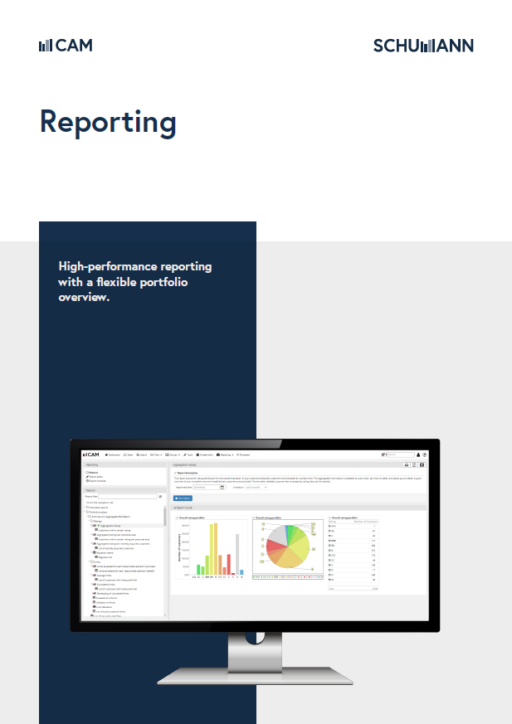Which key figures should be evaluated regularly in receivables and credit management? And how can regular analysis be performed using as few resources as possible? We have put together the most important information for you.
Credit and receivables management as parts of debtor management provide important key figures for the evaluation of your own performance capability.
The information gained can be used to derive starting points for the optimization of internal processes. In addition, the key figures serve as early warning indicators and allow conclusions to be drawn about possible risks. The company can then take appropriate measures to avoid or reduce these risks before it is too late.
After all, the insights gained are also relevant for sales and should be made available to them: They help in the decision to process the right customers.
Choosing the right Key Performance Indicators (KPIs)
When selecting KPIs it is important to consider their strategic relevance. In the first instance, they should be oriented to the goals that the company or a department has set for itself. This is the only way to ensure that the insights gained are used in line with the corporate strategy and serve as a basis for further corporate management.
The question credit managers should ask themselves when selecting metrics is, "What do I do with the insight?" If an answer to this question cannot be found, the ratio – at least at this point in time – obviously does not have much relevance.
KPIs should therefore
- measure the achievement of objectives
- KPIs should therefore form the basis for deriving concrete measures in the event of non-achievement of targets
In this context, less is often more. It makes more sense to analyse few key figures, but the right ones and at regular intervals, than to blindly examine as many unspecific key figures as possible, which are not followed by any measures. As mentioned at the beginning, it is a matter of drawing the right conclusions from the key figures in order to achieve the company's goals.
In addition, the analysis of data and its interpretation can take immense amounts of time if it is not done in a targeted manner and without technical support. A prerequisite for efficient and simple data analysis is that the data is available digitally and can be prepared automatically – including visually. Good credit management systems that output relevant key figures at the push of a button provide support here.

